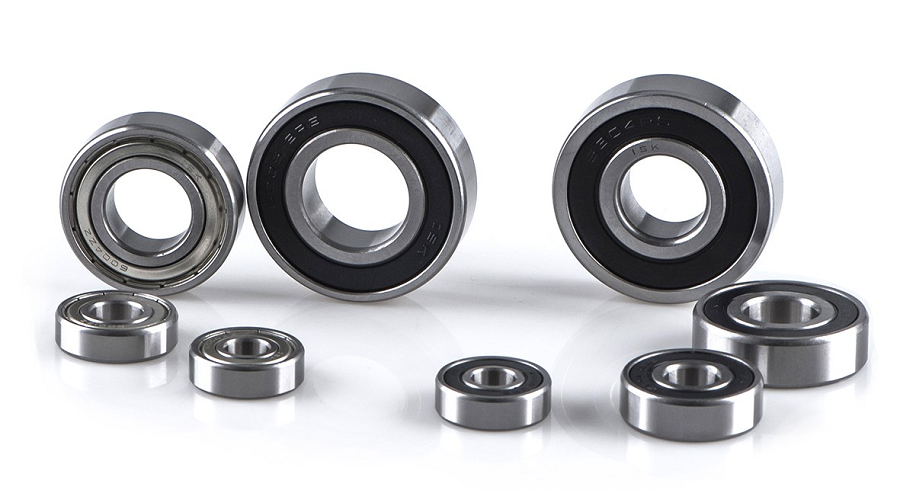
Ball bearings are crucial parts of a lot of mechanical systems, such those found in cars, factories, and home appliances. Their main role is to lower friction thereby easing the movement between two surfaces. It is crucial to obtain the correct size and type of ball bearing as it can significantly affect the machine and equipment’s safety, efficiency, possibility of downtime, and overall performance. Measuring the ball bearing must be done accurately and on a timely manner. In this article, we will discuss the things you need to know about ball bearings and the significance of having a bearing dimension table.
The purpose of this guide is to help you, the client, measure ball bearings precisely so that you may choose the right bearing for your particular application. Making an informed decision requires accurate measurement in order to determine the right ball bearing types and sizes and type as well as the interpretation of bearing codes.
Importance of determining the ball bearing type
It’s critical to determine the sort of ball bearing you have before taking measurements. There are numerous popular varieties, including but not limited to the following:
- Angular contact ball bearings
- Ball bearings
- Deep groove ball bearings
For precise measurements, it’s critical to identify the type you have, as each has a distinct design. It would help a lot if you have knowledge of various bearing details available today. When it comes to measuring a ball bearing, it would be very helpful if you are going to use identification code that is often stamped or laser-etched on the outside diameter of ball bearings. But, this coding may eventually become unreadable or even wear away. Hence, the significance of being able to measure the ball bearing accurately. To accurately obtain the size of ball bearing, you have to take into account the width, bore size, and outer diameter, which are typically expressed in millimeters. You can measure these dimensions precisely with a caliper or a micrometer.
It is a good thing that there are now tools you can use to ease obtaining bearing size such as the bearing dimension table (ขนาดลูกปืน, term in Thai). A perfect example is the SKF bearing comparison table. This tool will surely make a difference in obtaining bearing measurements. All you need to do once you have the table with you is to choose the product code you are searching for. It also comes with a table of content, which is handy in cases like you are aware of the bearing size but not the code. The table is designed in such a way that even those who are going to use it the first time will not have a hard time navigating their way. In other words, it is user-friendly and so you won’t have to worry even if it is your first time using the table. Another good thing about it is that it comes with a dedicated support that you can easily contact if ever you are having issues navigating with the table.



